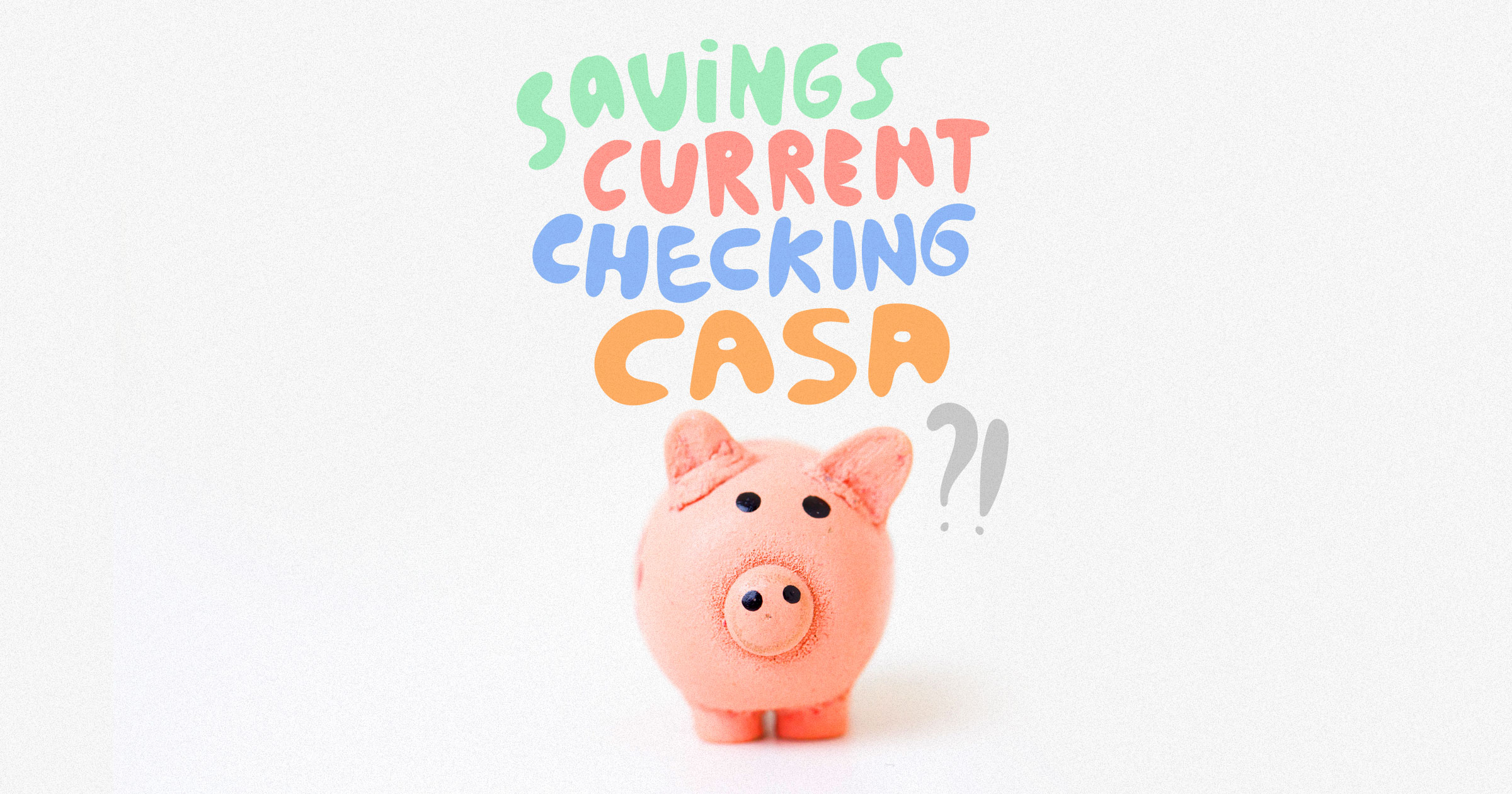So you’ve decided to open up a bank account on your own but you don’t know which one to choose. Here’s a quick view of the differences among the bank account types available for you to open and some tips on how to select them.
Savings account for individuals
A savings account earns interest but limits your withdrawal to a certain amount. Its main advantage is to encourage you to save more and keep your money longer. Savings account holders use automated teller machine (ATM) or debit card, passbook, or a combination of both. It’s primarily for individuals who want to meet certain financial goals.
Current account for businesses
A current account is more for “general purpose” and is actually another term for checking account. It does not earn interest but you can have unlimited transactions, such as writing a check. You can also overdraft, or withdraw more than what your account holds. Usually the bank would allow this under certain conditions. Current account holders are mostly businesses who require large amounts of money for business-related transactions.
Why CASA?
If there savings and current accounts are available in most banks what then is a current account savings account (CASA). Simply put, a CASA combines the functions of a traditional savings account that earns interest to entice you to keep your money longer, and a checking account that allows you to withdraw as many times as needed. It is the most convenient type of bank account and is one that is gaining popularity. Its flexibility is enticing also to the bank since it gives lower interest for the account holder, effectively generating higher profit margins for the bank. Since banks are also commercial entities, they would be able to utilize funds from CASA holders for their other services, such as loans to other clients.




